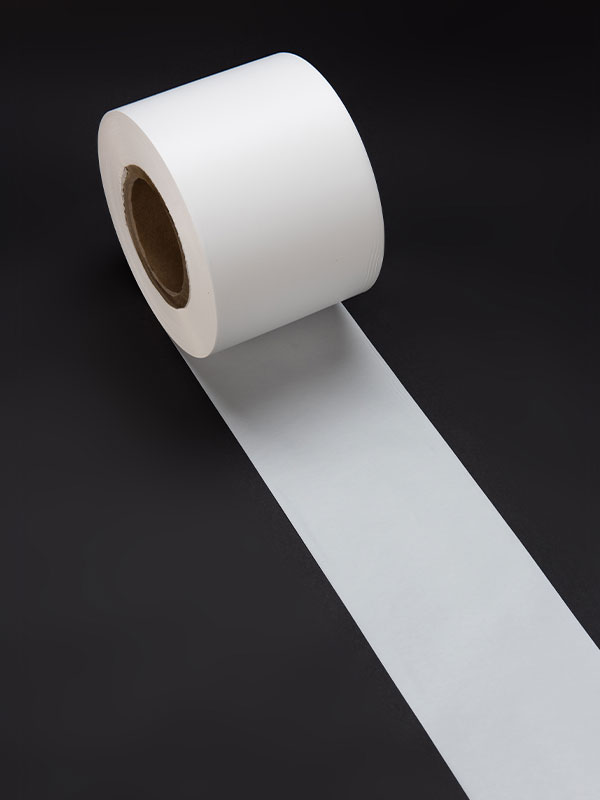The environmental impact of PE (polyethylene) breathable films is a multifaceted issue that requires consideration of various factors, including production processes, recyclability, biodegradability, and overall environmental footprint. When compared to other synthetic materials used in similar applications, such as PTFE (polytetrafluoroethylene) and TPU (thermoplastic polyurethane), PE breathable films offer certain advantages, but also present notable challenges.
Production Energy and Emissions
The production of PE breathable films generally involves less energy and fewer emissions compared to more complex polymers like PTFE and TPU. Polyethylene is derived from petrochemical sources, primarily through the polymerization of ethylene, a relatively straightforward chemical process that is less energy-intensive than the production of other synthetic materials. This lower energy requirement translates to a reduced carbon footprint during the manufacturing phase. However, the extraction and refining of the crude oil necessary for polyethylene production still contribute to greenhouse gas emissions, making it less environmentally friendly compared to biopolymers or other sustainable alternatives.
In contrast, PTFE production is significantly more energy-intensive and involves the use of hazardous chemicals, such as fluoropolymers, which have raised environmental and health concerns. The production process for PTFE not only demands more energy but also results in the release of toxic byproducts that can persist in the environment for extended periods. TPU, while somewhat less environmentally taxing than PTFE, still involves complex chemical processes that may have a higher environmental footprint compared to PE. However, TPUs are valued for their flexibility and durability, which can extend the life cycle of products made from them, potentially offsetting some of the initial environmental costs.

Recyclability and End-of-Life Management
Recyclability is another critical factor when evaluating the environmental impact of synthetic materials. Polyethylene is one of the most commonly recycled plastics, particularly in the form of high-density polyethylene (HDPE) and low-density polyethylene (LDPE). However, the recycling of PE films, especially those that are breathable or have complex structures with added coatings, is not as straightforward. These films often require specialized recycling processes, which are not as widely available as those for more standard PE products. When recycled, PE films are typically downcycled into lower-quality products or used in energy recovery, rather than being recycled into new films of the same quality.
In comparison, PTFE is notoriously difficult to recycle and is typically not recycled at all. It tends to accumulate in landfills due to its chemical resistance and durability, which makes it a significant environmental concern. TPU, on the other hand, is more recyclable than PTFE, though the recycling processes for TPU are more complex and less widespread than those for PE. Some TPU materials can be reprocessed into new products, but this is not as common as the recycling of polyethylene. Thus, while PE breathable films have a relative advantage in terms of recyclability, there are still significant challenges that limit their environmental sustainability at the end of their life cycle.
Biodegradability
Biodegradability is a crucial aspect when assessing the long-term environmental impact of synthetic materials. Traditional PE breathable films are not biodegradable and can persist in the environment for hundreds of years, contributing to the growing problem of plastic pollution in both marine and terrestrial ecosystems. This lack of biodegradability is a major drawback of PE films, as they contribute to the accumulation of microplastics in the environment, which can have harmful effects on wildlife and ecosystems.
Recent innovations have led to the development of oxo-biodegradable PE, which incorporates additives that promote faster breakdown under certain conditions. However, the environmental benefits of these biodegradable PE films are still debated, as the breakdown process may lead to the formation of microplastics, which can still pose environmental hazards. In comparison, PTFE is also not biodegradable and poses similar, if not greater, environmental concerns due to its chemical stability and resistance to degradation. TPU is more biodegradable than both PE and PTFE under specific conditions, particularly for TPUs that are specifically designed to be biodegradable. These biodegradable TPUs offer a more environmentally friendly alternative, although their biodegradability may depend on factors like temperature, humidity, and the presence of microorganisms.
Overall Environmental Footprint
The overall environmental footprint of PE breathable films is a balance of their lower production energy costs and recyclability challenges, against the backdrop of their non-biodegradability and potential contribution to plastic pollution. While PE breathable films are less environmentally taxing to produce than more complex materials like PTFE, their end-of-life impact is significant due to their persistence in the environment. The development of bio-based polyethylene, which is derived from renewable sources like sugarcane, offers some promise for reducing the environmental footprint of PE films. These bio-based options help to lower the reliance on fossil fuels and can potentially lead to a more sustainable production cycle.
Compared to PTFE, which has a higher environmental footprint due to its energy-intensive production, chemical hazards, and recyclability issues, PE is a relatively better option. However, TPU presents a middle ground, offering better recyclability and biodegradability than both PE and PTFE, but at a potentially higher initial environmental cost in terms of production. The choice of material often hinges on balancing these environmental impacts with the specific performance requirements of the application, whether that be in medical protective clothing, outdoor gear, or other uses where breathability and waterproofing are critical.

 English
English 中文简体
中文简体 Español
Español






